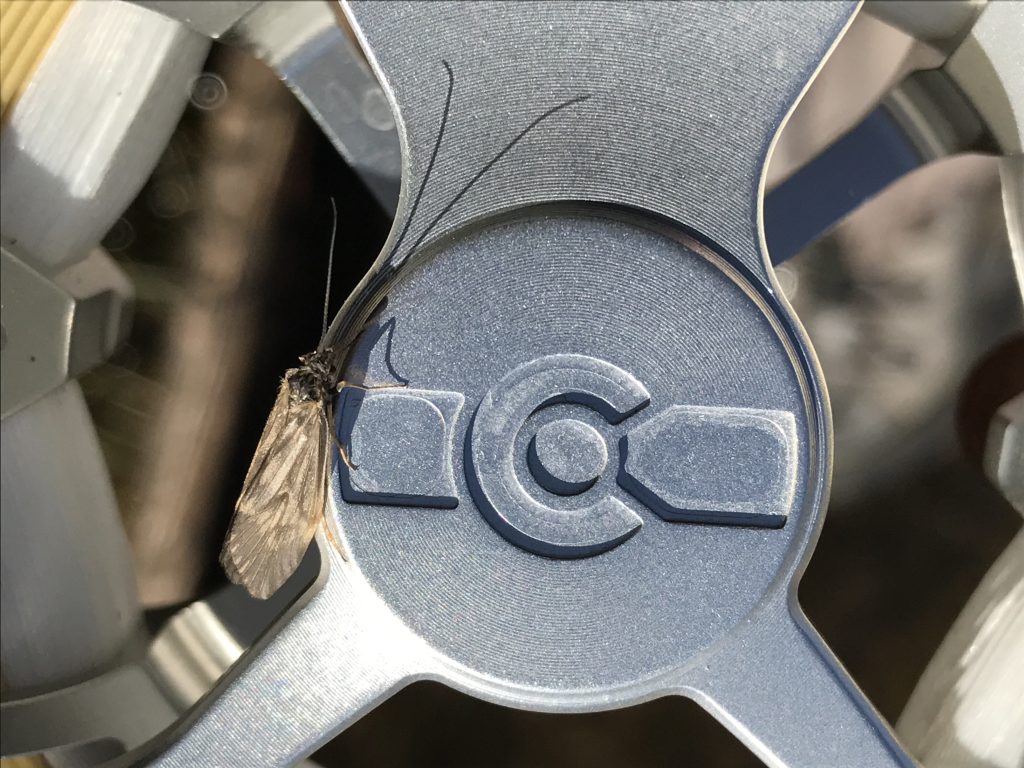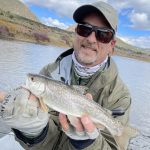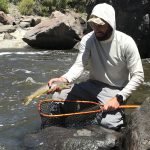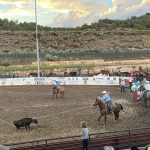Salomone: Caddis don’t have calendars
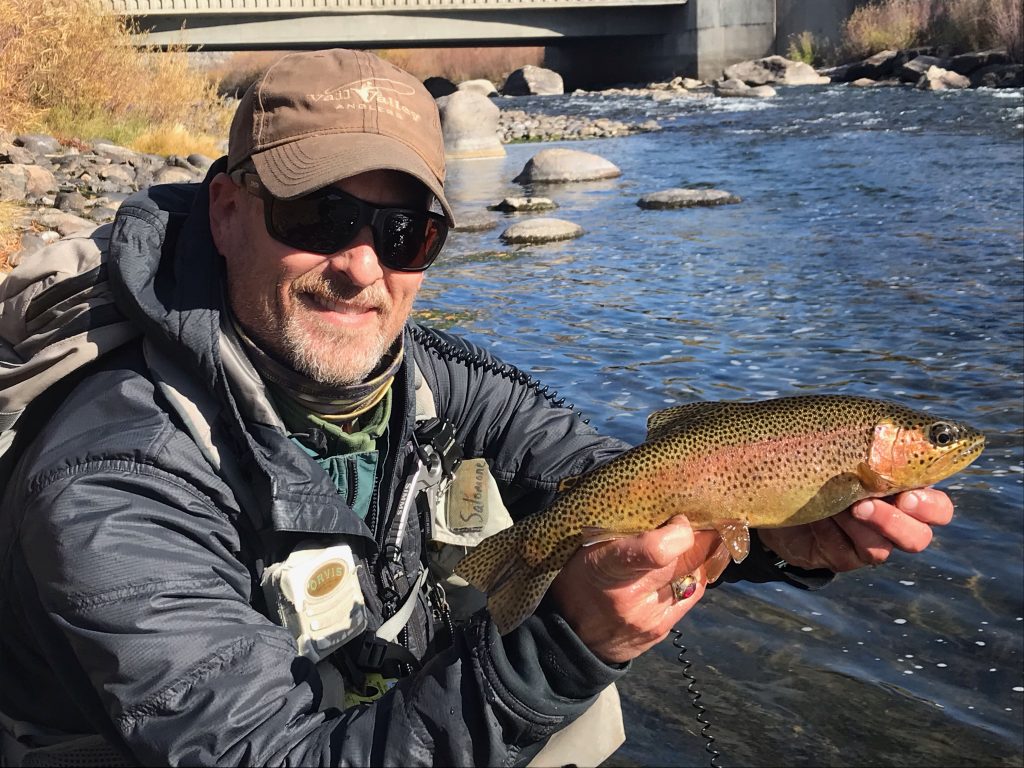
Michael Salomone/Courtesy photo
I have been thinking about Mom. Days on the calendar keep getting crossed off. Mother’s Day is rapidly approaching. My gaze falls over the river. A small moth bounces across the water. Closer inspection finds caddis insects crawling in the riverbank grasses.
Flows do not hold much in convincing caddis to emerge. Time of year is an approximation. Temperature is key. Bugs desire a certain threshold before starting to wake up. Not just a date on the calendar for Mom.
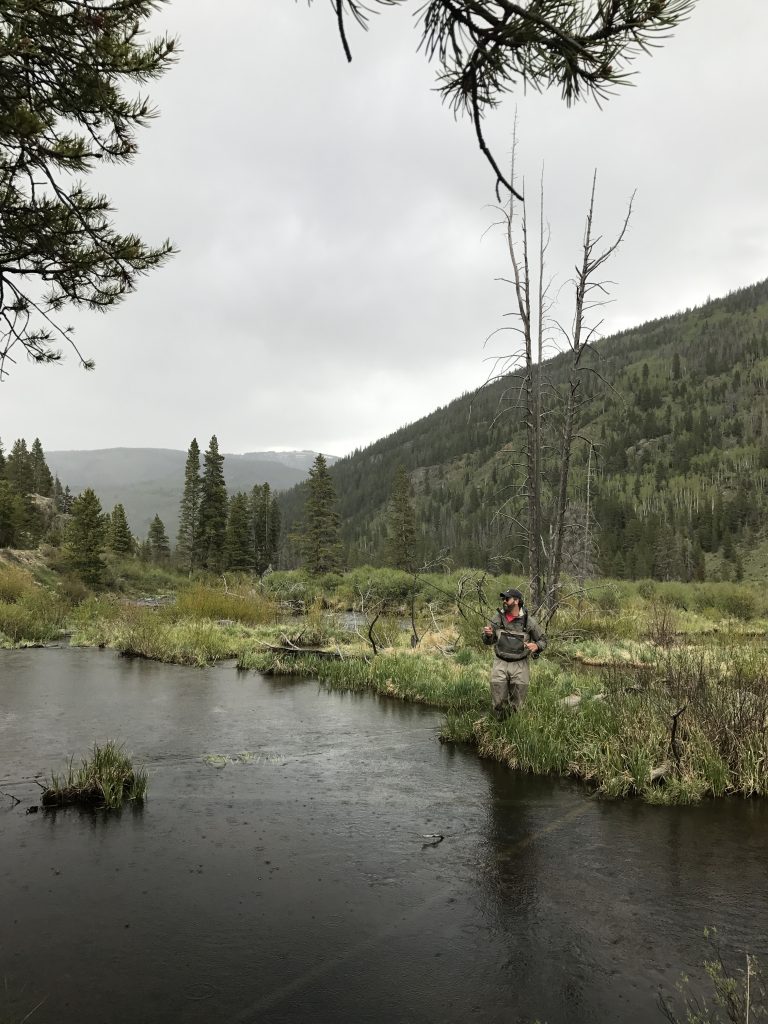
Temperatures between 52-54 degrees Fahrenheit drive the emergence into full swing. You will start to see adults around the 50 degree mark. But the nymphs are really where the activity is occurring right now. They are staging in preparation for the warmth that keeps riding up and down the thermometer like a rollercoaster.
While the Mother’s Day moniker for the insect emergence is a reminder, the bugs don’t have calendars to know when to send flowers and make a phone call. They feel it. And when they do, the delightful little moths throw a dance party along the river like most anglers have never seen. Numbers often exceed imagination. The bugs can create a snow squall hovering over the river corridor where merely seeing your buddy across the river is impaired.
What are the bugs doing right now? They have been here a while. They didn’t just appear magically. Caddis development on the Eagle River is an annual event. The larvae develop slowly and progressively for up to a year. And now the bugs are ready to burst.

Support Local Journalism
Critical information can be gleaned from WaterData.usgs.gov. A gauge is located on the Eagle River in Wolcott. Graphs can show warming trends and, in recent days, a cooling pattern with the river water temperature. Without the warmth in the water, caddis will extend their pupa stage a little longer. Development has already passed. Preparation for the emergence is temperature contingent.
When the temperature hits 50 degrees, be ready. A few more degrees and the main caddis emergence will be in full bloom. Recent days have seen a slow decline in daytime water high temperatures on the Eagle River. Consistent warm water will make the caddis explode.
Historically, the water temperature hits magic numbers by the designated day for mother’s, hence the label: Mother’s Day caddis hatch. The Arkansas River is another Colorado river that has a well-known Mother’s Day caddis hatch. But the Eagle River offers a much more intimate connection for the fly angler to enjoy. The dry-fly fishing on the Eagle River reaches incomparable honors when the caddis appear in full force.
Right now, fish are eating caddis nymphs. There are a few commercial bead head green caddis larva nymphs available, not to mention the unknown number of personally designed variations that get twisted up over the winter months. Another guide I was fishing with measured a 23-inch brown trout that ate my obnoxiously bright green bead head caddis larva nymph in the spring.
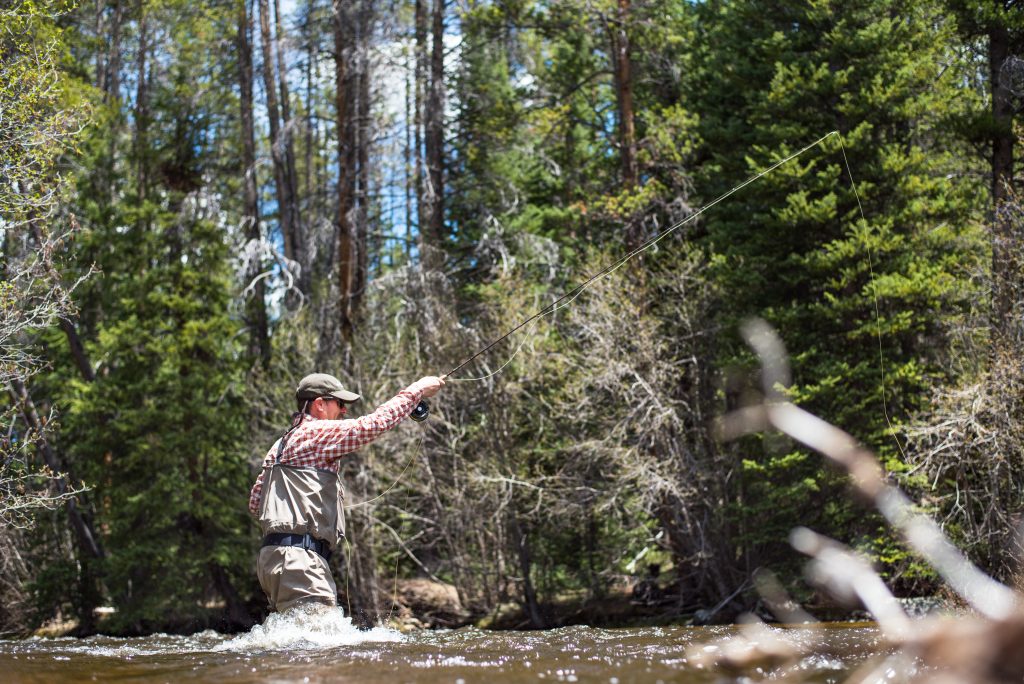
Caddis represent some of the most consistent fly fishing, whether it is with nymph, wet fly or dry.
Nymphs should be fished deep. Feeling the tick of brass beads against river rock is key. Use enough weight to get your flies down to where caddis larva are more prevalent.
Wet flies breathe with life in the middle of the river column. Swinging flies with indications of movement like soft hackles impart subtle movement when fished. Caddis are active bugs with lots of action. Fish your wet flies with some action, too. Give it a twitch. Pausing at the end of a drift with wet flies and allowing the strength of the current to pull the flies taunt on the surface will draw slashing strikes.
Dry flies are the goal. The Eagle River is one of the best dry fly rivers in Colorado — or anywhere, for that matter. With ample access for wading anglers and a rapidly improving float season, the Eagle River is poised to shine brightly when the caddis emerge.
